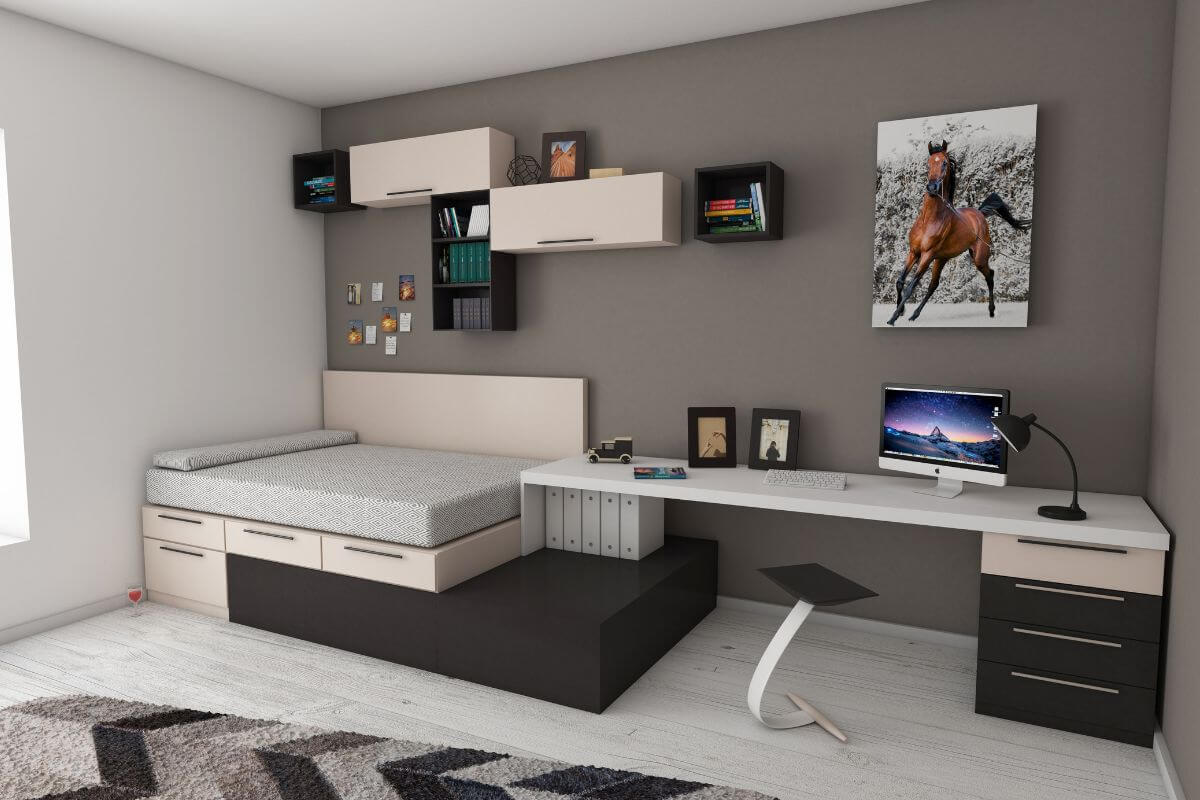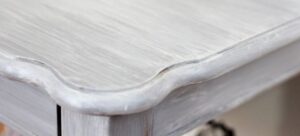If you’re looking to declutter your home and create a peaceful and calming atmosphere, minimalism might be the perfect style for you. Minimalist design focuses on simplicity and functionality, using only the essential elements to create a sleek and uncluttered space. In this article, we will explore the principles of minimalist design and provide you with practical tips on how to decorate a minimalist home.
Understanding Minimalism: Principles and Benefits
Before diving into the specifics of decorating a minimalist home, it’s essential to understand the principles behind this design philosophy. Minimalism is about more than just getting rid of excess stuff; it’s a lifestyle that emphasizes mindfulness, intentionality, and living with less. Some of the benefits of embracing minimalism in your home include:
- Reduced stress and anxiety: Clutter can be overwhelming and distracting, leading to increased stress levels. Minimalist spaces promote calm and serenity, helping you to relax and unwind.
- Increased focus and productivity: When you have fewer distractions around you, it’s easier to concentrate on your work and get things done.
- Improved aesthetics: Minimalist design is elegant, timeless, and sophisticated. By embracing simplicity, you can create a space that is beautiful and functional at the same time.
- Reduced environmental impact: By consuming less and focusing on sustainable materials and practices, you can minimize your carbon footprint and contribute to a healthier planet.
Tips for Decorating a Minimalist Home
Now that you understand the benefits of minimalism let’s explore how to decorate your home in this style. Here are some practical tips to get you started:
1. Embrace simplicity
Simplicity is at the heart of minimalism. Focus on creating a space that is free of excess and clutter. Choose furniture with clean lines and simple shapes, and limit the number of decorative items you display.
2. Use a neutral color palette
Neutral colors such as white, black, gray, and beige are staples of minimalist design. They create a sense of calm and simplicity and provide a clean backdrop for your furniture and decor.
3. Incorporate natural materials
Natural materials such as wood, stone, and leather add warmth and texture to a minimalist space. They also bring a sense of nature indoors, promoting a connection to the outdoors.
4. Focus on functionality
Minimalist design is all about function over form. Choose furniture and decor that serve a purpose and meet your needs, rather than just looking pretty.
5. Eliminate clutter
Clutter is the enemy of minimalism. Get rid of anything you don’t need or love, and find a place for everything else. Use storage solutions such as baskets, bins, and shelves to keep your space tidy and organized.
6. Maximize natural light
Light is a crucial element in minimalist design. Make the most of natural light by keeping windows unobstructed and using sheer curtains or blinds. If natural light is limited, use artificial lighting that mimics daylight.

7. Add pops of color strategically
While minimalism is typically associated with neutral colors, adding a pop of color can add interest and personality to your space. Choose one or two colors and use them sparingly, such as in a piece of art or a throw pillow.
8. Choose quality over quantity
Invest in high-quality, long-lasting furniture and decor pieces rather than buying cheap, disposable items. This approach not only reduces waste but also ensures that your space looks and feels luxurious.
9. Edit regularly
Minimalism is not a one-time process; it’s an ongoing journey. Edit your space regularly, getting rid of anything that no longer serves you, and reevaluating your needs.
10. Embrace negative space
Negative space, or the empty space around objects, is a key element of minimalist design. Use it strategically to create a sense of openness and calm in your space.
11. Consider the scale and proportion
When choosing furniture and decor, consider the scale and proportion of your space. Oversized pieces can overwhelm a small room, while tiny pieces can get lost in a large space.
12. Minimize technology
Technology can be a major source of clutter in a minimalist home. Keep your tech out of sight when not in use and consider reducing your overall reliance on technology.
13. Create a peaceful bedroom
Your bedroom should be a sanctuary, free of distractions and clutter. Keep the decor simple, choose calming colors, and limit the number of items on display.
14. Be mindful of art and decor
Minimalist spaces often feature a few carefully chosen pieces of art or decor. Choose items that you love and that add interest to your space, but be mindful of clutter and excess.
15. Let your space evolve
Finally, remember that minimalism is a journey, not a destination. Let your space evolve over time, and don’t be afraid to experiment and try new things.
Conclusion
Decorating a minimalist home can be a rewarding and fulfilling process, providing you with a space that is serene, elegant, and functional. By embracing simplicity, focusing on functionality, and choosing high-quality, long-lasting pieces, you can create a space that truly reflects your values and your lifestyle.
FAQs
Is minimalism only for people who live in tiny homes?
No, minimalism is for anyone who wants to simplify their life and create a calm, uncluttered space.
Can I still have sentimental items in a minimalist home?
Yes, sentimental items can be an important part of your life and your home. Just make sure to choose a few key pieces and display them in a thoughtful and intentional way.
How can I make my minimalist home feel cozy?
Use natural materials, such as wood and textiles, to add warmth and texture to your space. You can also incorporate soft lighting and cozy textures, such as blankets and pillows.
Can minimalist design be colorful?
While minimalism is typically associated with neutral colors, you can still incorporate pops of color in a minimalist space. Just be mindful of not overdoing it and choosing colors that complement each other.
Is minimalism expensive?
Minimalism doesn’t have to be expensive. In fact, choosing high-quality, long-lasting pieces can often be more cost-effective in the long run than buying cheap, disposable items.



